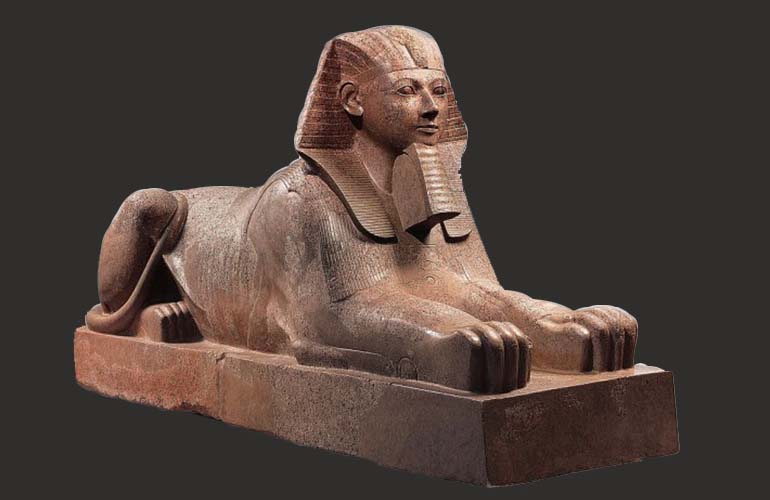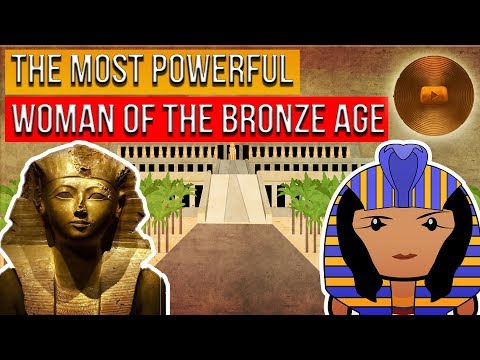Hatshepsut definition

Hatshepsut (‘Foremost of Noble Ladies’) was the fifth pharaoh of the 18th Dynasty.
She remains the longest-serving female pharaoh and arguably the most successful.
She was the Chief Wife of Thutmose II and, upon his death, she became regent for their son Thutmose III.
In an unprecedented move, she installed herself as queen in 1473 BCE but did so without denying her own stepson’s legitimacy.
As such, when Thutmose III came of age, he and his aunt/stepmother co-ruled until her death in 1458 BCE.
The mysterious life of ancient Egypt’s most powerful pharaoh-queen:
Hatshepsut: During his childhood, she enjoyed all the privileges of family power, although the matriarch was little respected. This situation awakened the instinct of survival in Hatshepsut, who from then on distinguished herself by her intelligence and cunning over her two brothers, called to occupy the throne when their father was absent.
she is the daughter of Thutmosis I and his main wife, Queen Ahmose-Nefertari, Hatshepsut’s marriage to her half-brother Thutmosis II made her queen-consort and, after her husband’s untimely death, she assumed the regency until her stepson Thutmosis III – son of Thutmosis II and one of his secondary wives – reached the minimum age required to take over the government.
Ancient Egyptian religious beliefs dictated that the role of the king could not be played by a woman, something that Hatshepsut did not seem to care much about. However, to combat this sacrilege and to assert her authority, the queen chose to disguise herself as a man and to dress up with the attributes of the male pharaohs: the headdress, the shenti skirt, and the fake beard, without feminine features; she also adopted the royal epithets of King of Upper and Lower Egypt and Lord of the Two kingdoms
How did Hatshepsut claim the throne?
As Thutmose II was very young and could handle it very well, the queen took advantage of the time to find a circle of powerful friends to help her in her ascension to the throne. a conspiracy between the vizier and the royal architect succeeded in taking away her command and in her place, she gave it to Thutmosis II, her illegitimate son.
What happened after Hatshepsut’s death?
Shortly after her death, a crusade was started to eliminate everything that had to do with the Pharaohs: her monuments and statues were attacked and destroyed. Her titles and iconography were disfigured. It was always thought that the person responsible for this campaign to silence Hatshepsut’s reign and to brand her as a cruel ruler, was Thutmosis III, her stepson, but subsequent investigations have shown that the operation was carried out gradually, especially during the 19th and 20th dynasties.
Where is Hatshepsut’s mummy?
In 2005 Dr. Zahi Hawass found several unidentified mummies in the Valley of the Kings. After scanning the mummies and comparing the genetic traits of the Hatshepsut dynasty, they identified one of the mummies as the queen. From this great finding, which was shown to the public in 2007, we have been able to know that the queen died from a serious illness: advanced osteoporosis and a malignant cancer in the area of the abdomen that passed to the hip bone; she had also contracted a septic abscess in her oral cavity that could well have caused a septicemic shock. According to the latest research, his death was preceded by long months of intense pain and fevers
Book your Travel Package now to know more about Egypt history.






